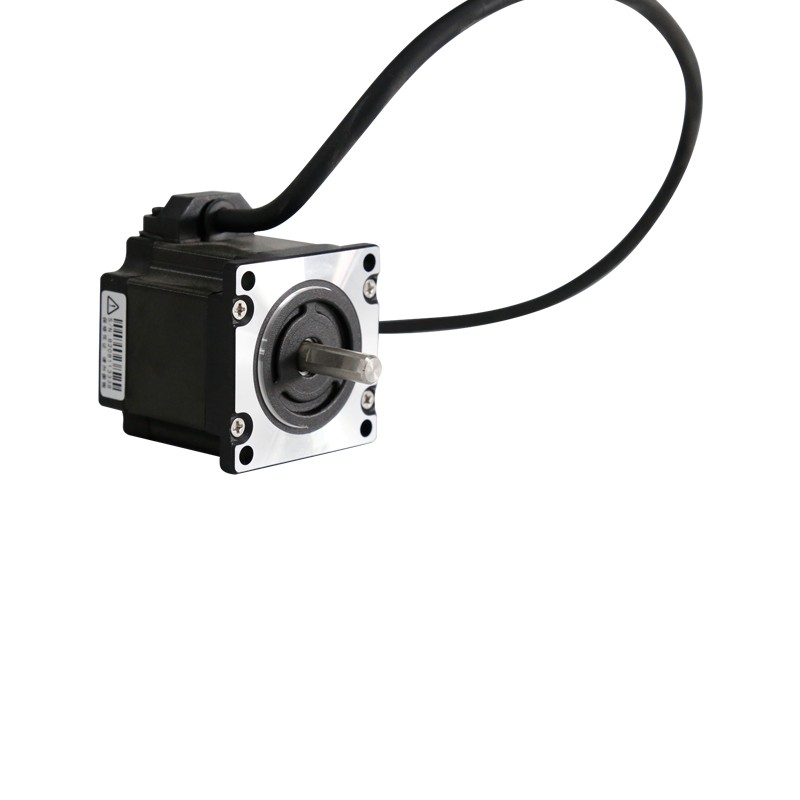Source:Industry News Release time:2022-07-16 Clicks:0 Popular:Reduction motor manufacturer

Stepper motor selection must first determine the torque required by the stepper motor to drive the load. First, determine what torque the customer needs or how much load needs to be driven. Since stepper motors are controlled motors, the maximum torque of commonly used stepper motors does not exceed 45Nm. The higher the torque, the higher the cost. If the selected motor has a large torque or exceeds this range, an acceleration and deceleration device can be considered.
Steps to follow for stepper motor selection:
1. The maximum speed of a stepper motor is generally between 600-1200rpm. The rated speed of AC servo motor is generally 3000rpm, and the maximum speed is 5000rpm. The mechanical transmission system should be designed according to these parameters.
2. Selection of motor positioning accuracy: After the mechanical transmission ratio is determined, the step angle of the stepper motor and the subdivision level of the driver can be selected according to the positioning accuracy of the control system. Generally, one step angle of the motor is selected to correspond to less than 1/2 of the system positioning accuracy. (Note: When the subdivision level is greater than 1/4, the step angle accuracy cannot be guaranteed. Servo motor encoder resolution selection: the resolution is one order of magnitude higher than the positioning accuracy.)
3. Selection of motor torque: It is difficult to determine the dynamic torque of a stepper motor at once. We often determine the static torque of the motor first. The selection of static torque is determined based on the working load of the motor. The load can be divided into two types: inertia load and friction load. When starting directly (usually at low speed), two loads should be considered at the same time. The inertia load is mainly considered during acceleration start, and only the friction load is considered during constant speed operation. Generally speaking, the static torque should be within 2-3 times of the friction load. Once the static torque is selected, the frame and length (geometric dimensions) of the motor can be determined.
Recommended reading
Related Information
CGXZK085
2021-01-13CGXZ060
2021-01-13CGXK142
2021-01-13Speed control device
2021-01-13Three phase motor
2020-12-21CGZF-042L1-5-P2
2020-12-21Fixed speed motor
2020-12-21CGF-042L2-16-P2
2020-12-21Stepper motor
2020-12-21Planetary reducer
2021-04-15Governor
2021-04-17Stepper motor
2021-04-14CGX060
2021-01-13CGZF-042L1-5-P2
2020-12-21CGXZK042
2021-01-13Stepper motor
2020-12-21CGXZK060
2021-01-13Small reduction motor
2020-12-21